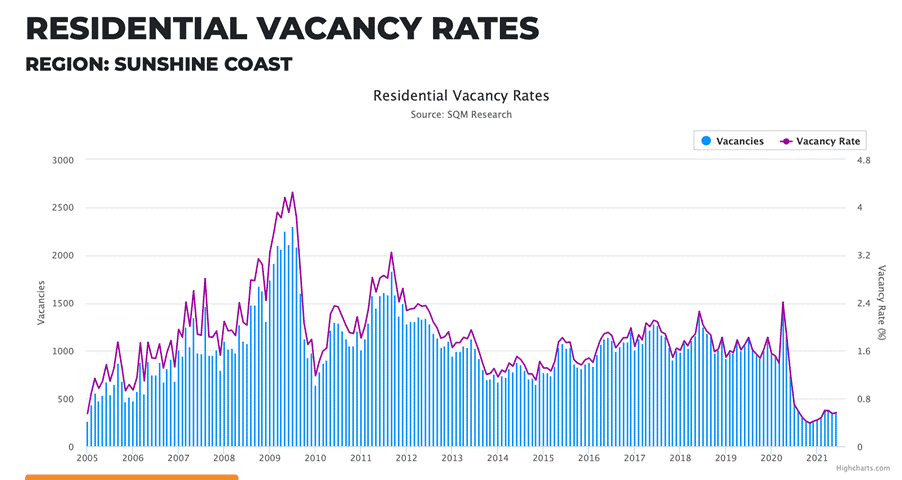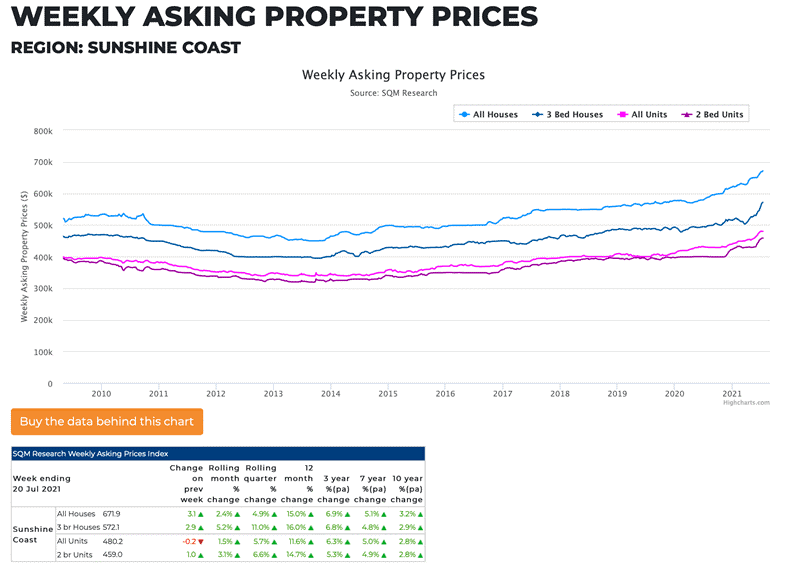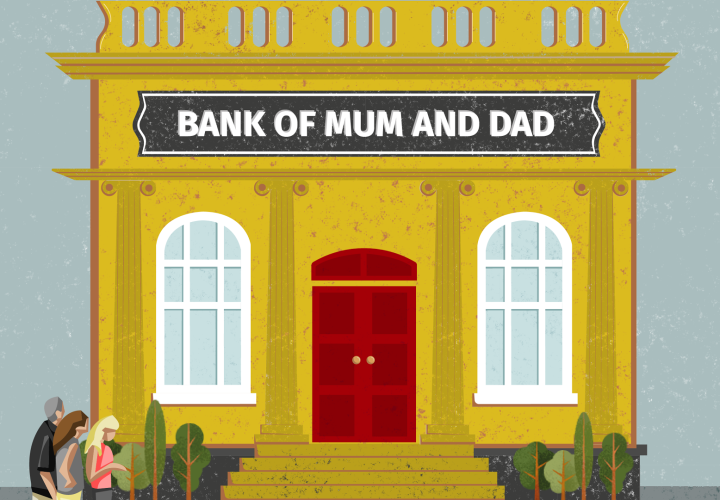
How vacancy rates drive prices
By Richard Crabb – Aspire Advisors Network CEO
There are many metrics in the analytical quiver of property advisors. Some are more crucial than others, but they all help identify locations with great investment potential.
Among the flock of numbers is vacancy rates, a lead indicator that can telegraph the imminent rise of another market measure – median values.
Understanding how they interact can help investors spot suburbs with promising future growth.
Here’s a 101 lesson on the relationship between vacancy rates and median property prices.
Median price
Median price is perhaps the most widely reported and tracked metric in property’s statistical canon. Whenever reports are published on market performance, they invariably provide some measure of median sale or listing price movements.
To explain, a median value is a statistical marker that is the middle number in a range of figures. For example, if you look at a range of figures being 2, 4, 6, 9, 11, 12, 14, 16, 19, then the median of that set is 11.
So, applying that logic, analysts calculate a suburb’s median house price by looking at all the sale or list prices of houses in a suburb over a set period of time (say, a year) and then identifying the middle sale price within that range. By tracking how the figure moves – or its ‘trend’ – we can see whether a particular market is strengthening or weakening,
For example, according to realestate.com.au, the 12-month median house price in Bahs Scrub QLD to the end of December 2020 is $458,000. The same measure to December 2019 was $406,500. So, the median price in Bahs Scrub rose 12.7 per cent in a year.
Vacancy rates
Another key measure is one that determines rental demand and whether the rental market is weighted in favour of tenants or landlords.
Vacancy Rate is the percentage of the total available rentals within a given market that are currently vacant. So, if there are 1000 rental properties in a locality, and 30 are vacant at any given time, the vacancy rate is 3%.
There’s an industry-accepted standard that three per cent reflects a balanced rental market. Vacancy rates of four per cent or higher indicate the supply of rentals outstrips demand, so the market is weighted in favour of tenants. If the figure sits at or below two percent, the rental market is tight, with demand in excess of the available supply of rental property. This is good news for landlords.
Cause and effect
So how do these two measures interact?
Firstly, you want to select locations where vacancies are tightening. If vacancy rates hit sub-two per cent and remain there, this is a solid indication that demand/population growth is putting pressure on the available rental stock. The outcome will be an increase in rent levels.
The other result is that rising rents boost the yield – or return per dollar invested in an asset. This rising rent helps drive demand for property from investors looking to take advantage of increased yields. Early investors will benefit of course. They will buy at the original price and ride the yields upward. As the market continues to strengthen, median property prices will also increase to bring the yield back to balance.
So, the relationship is that continued, sustained sub-two per cent vacancy rates will lead to a rise in median values.
To illustrate here’s a real-life example.
The Sunshine Coast region in Queensland is a lifestyle market that’s experienced a rush of new arrivals with the onset of COVID.
Here is the SQM Research Vacancy Rate chart for the Sunshine Coast region.

Vacancy rates have plummeted since April 2020‘s result of 2.4 per cent, and they’ve remained at a staggering low of approximately 0.5 per cent since September 2020.
At the same time property price have done the following

SQM Research adopts an analysis of asking prices rather than sale prices. This chart shows that since breaking the $600,000 barrier in November 2020, the median house list price has increase around 11 per cent to reach above $670,000.
So, identifying a tightening vacancy rate trend is an excellent signpost of capital gains to come. Of course, monitoring the multitude of Australian property markets is challenging without a qualified, independent advisor on your team. By relying on an advisor’s experience, you will be recommended markets where the numbers support capital gains, solid cash flow, and ongoing tenant demand.
Always review any property location research and investment analysis data, with a professional, QPIA (PIPA Member) qualified & accredited ASPIRE Property Advisor Network Advisor. Contact us to find out how we can help you fulfill your property investment strategy.
Never rely on glossy sales brochures or property marketing information, ensuring a property is right for your strategy. Property Investing is about BUYING a property that matches your goals and aligns with your investment strategy, never be SOLD an investment, know your numbers!
Visit www.ifpadvisory,com.au or call our office and speak with John Tsoulos (QPIA, CA, CPA) accredited and independent Property Investment Advisor on 08 8423 6176 or mobile 0410 583 875.




